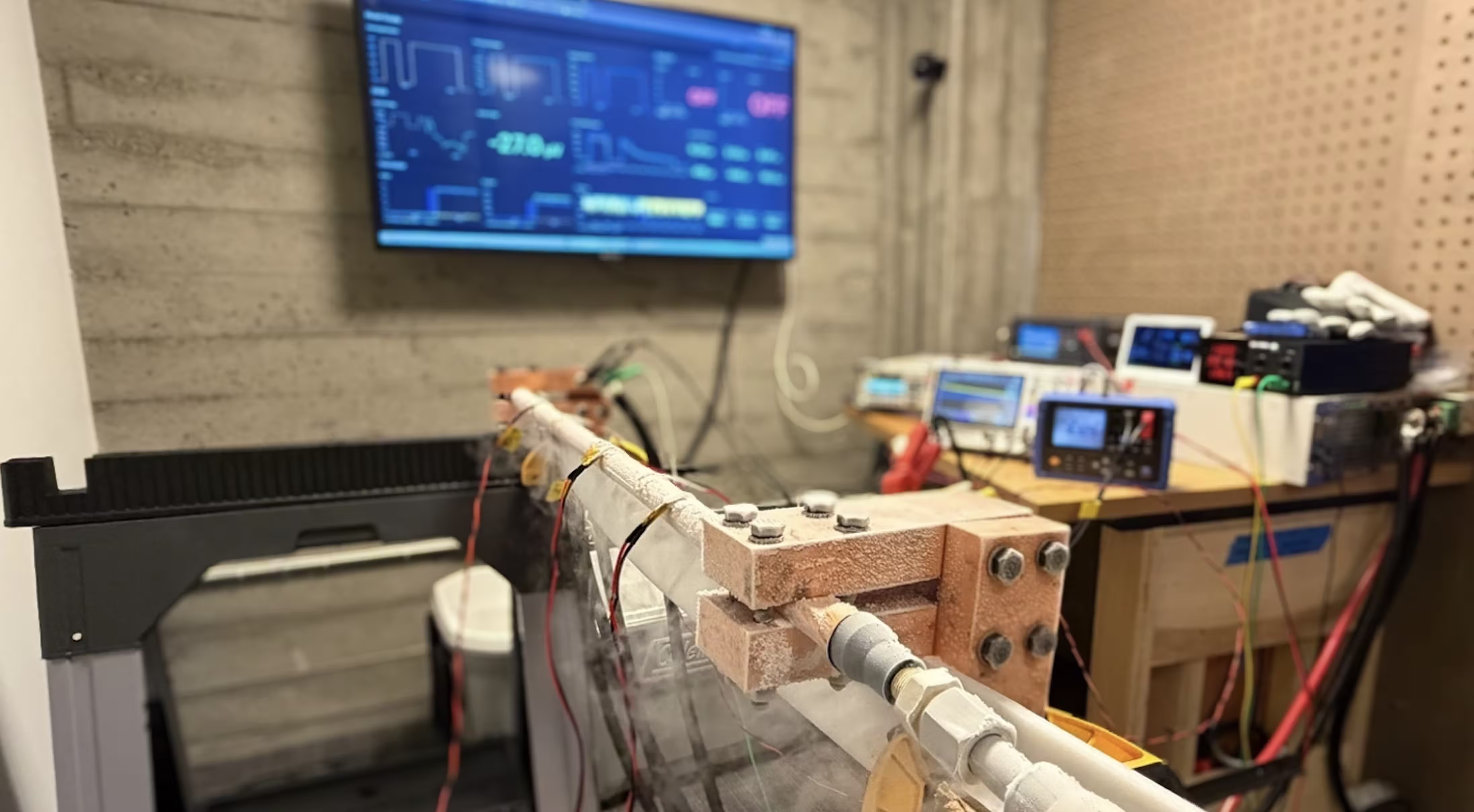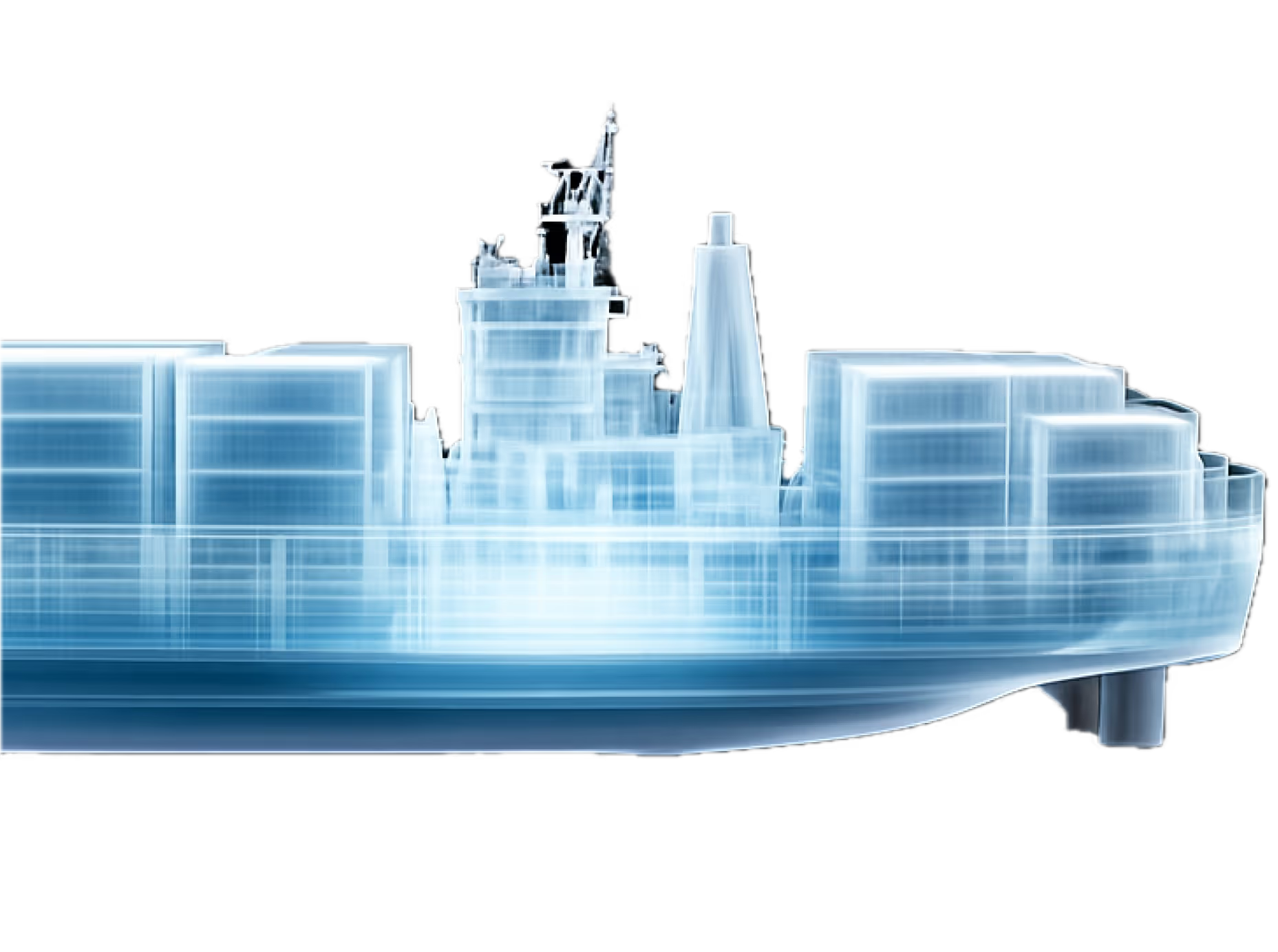
$4.5M Seed and 5,000A Achieved in our HTS Cable
Earlier this year we closed a $4.5M seed led by Trucks VC, with participation from Paul Graham, Aera VC, Alumni Ventures, Y Combinator, and others. We couldn’t ask for a stronger group in our corner.
Since then we’ve stood up our HTS magnet lab in San Francisco and have been rapidly iterating and testing prototype cables and magnets. Below is a snapshot from a recent bench test where we ran 5kA through our HTS cable SHIELD —Superconducting High Integrity Energy Link & Distribution— with liquid Nitrogen as the coolant.
In parallel, we’re advancing the physics basis for Yinsen, a low–power-density HTS tokamak and are excited to be partnering with both Columbia University via a Sponsored Research Agreement, and the Department of Energy’s DIII-D National Fusion Facility as a user to run experiments focused on our pulse scenario.
We’re Hiring Across the Company
We’re hiring to grow both our HTS cable program and tokamak design efforts:
- Member of Technical Staff: Electrical, Mechanical, Systems, Thermal, Manufacturing, Plasma Physics, Nuclear
- R&D Technicians
- Business Development & Strategic Partnerships
If you’ve worked with high current, cryogenics/vacuum systems, moving MW’s, REBCO, or magnetic confinement, we want to hear from you. Apply at Maritime Fusion Jobs
SHIELD Cable Architecture
Our patent pending SHIELD design has a cross section smaller than a quarter (not including cryostat) but designed to handle up to 8kA at 77K self-field, and even higher current at fusion relevant conditions (20K, 20T).
One key feature is the modularity of the design that allows for easily packaging N x N insulated cable bundles. This architecture allows for industry leading steady state engineering current densities while maintaining thermal stability and mechanical robustness.
The same cable design is optimized for fusion by using HTS tape with advanced pinning for high field operation, but for lower field power distribution applications (such as AI datacenters!) we simply swap the tape and keep nearly everything else the same.
We’ve also developed a length wise insulation strategy to significantly reduce AC and eddy current losses, along with creative solutions for reducing voids and promoting homogenous monolithic soldering of the tape stack.
To push the same current with a copper busbar would require >2000mm2, >3x the mass of an HTS solution, and incurs significant ohmic losses ($$) where as the superconductor is lossless needing only ~1.5W/m (@ 77K) of cryocooling.
For media inquires please contact media@maritimefusion.com
Be part
of the mission

Join a fast-moving team solving real problems and building real fusion hardware. We're quite literally building a star on Earth.
Join as an early adopter and lead the shift to a zero-emission future.
Back the team planning an economically viable rollout of fusion power.
